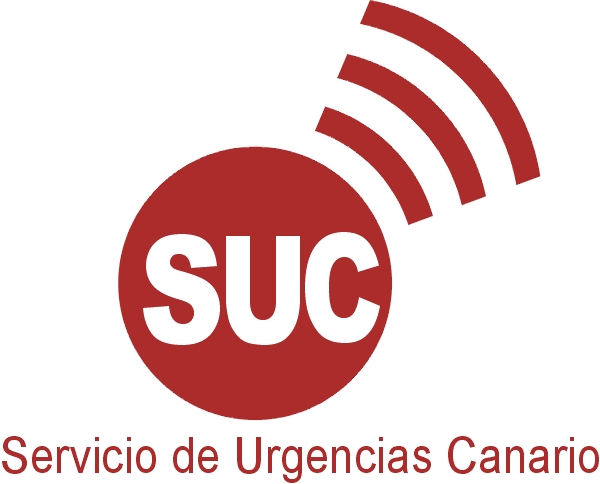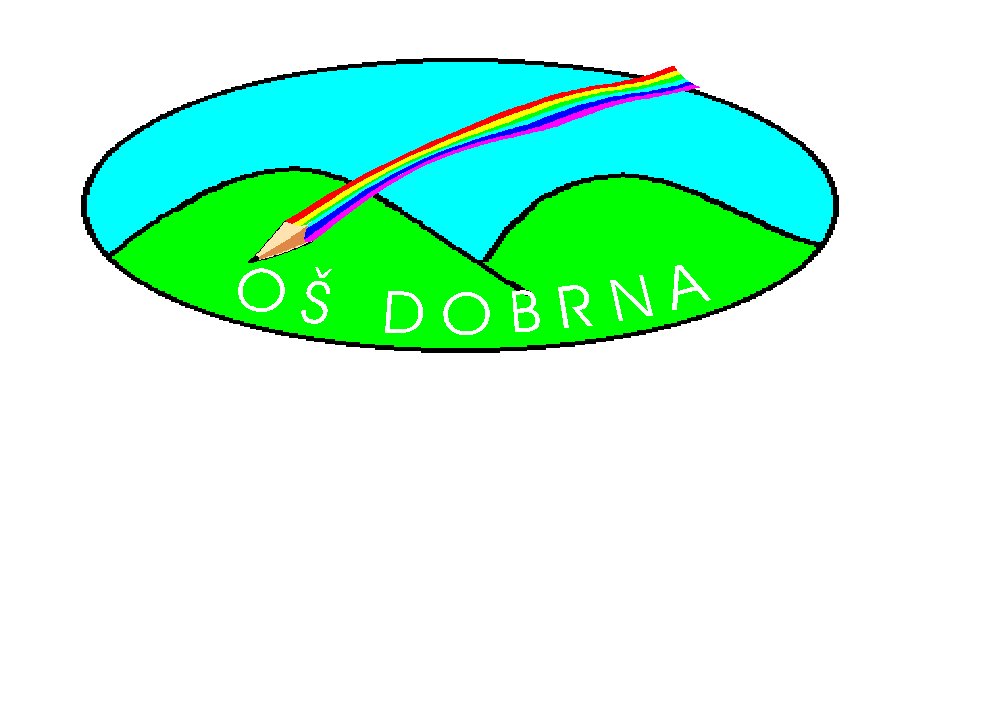METHODOLOGY ASSESSMENT RUBRIC A B C D E F
23 BALANCE OF PAYMENTS STATISTICS METHODOLOGY TABLETHE SCIENCE OF SELECTION POTATO BREEDING METHODOLOGY FOR
050 INDUSTRIAL NATURAL GAS COMBUSTION EMISSION INVENTORY METHODOLOGY
1 WHAT IS A METHODOLOGY? COMPREHENSIVE MULTISTEP APPROACH TO
2 GECON MALAYSIA DESCRIPTION OF METHODOLOGY 1 POLITICAL
2 GECON MEXICO DESCRIPTION OF METHODOLOGY 1 POLITICAL
Methodology Assessment Rubric
Methodology Assessment Rubric
|
|
|
A |
B
|
C |
D |
E |
F |
|
Topic |
Content |
Clear, detailed presentation of the topic with full understanding; good arguments; good effective logical structure. |
Some features of A and some features of C. |
Clear, simplified presentation; partial understanding of the topic; reasons in support of or against a particular viewpoint given with hesitation. Occasionally guiding questions are needed. |
Some features of C and some features of E |
Little understanding of the topic; few arguments; often not completely correct; parts missing. |
Very little understanding of the topic; arguments sometimes incorrect; parts missing. |
|
|
Style and Language |
Appropriate to the content; methodology terms used where necessary. Language quality is high (both range and accuracy), fluent, and natural. |
|
Terminology sometimes substituted by general expressions. Searching for words; prompts necessary. Language either limited in range or accuracy; frequent hesitations. |
|
Simple way of explanation with frequent pauses and hesitations; terminology not often used; much prompting necessary; problems with accuracy and fluency. |
Lack of terminology; mistakes in grammar or pronunciation. |
|
|
Applications |
Linking theory to practice giving good examples from portfolio. Flexible and creative in professional attitudes. Evidence of reflection. |
|
Efforts to link theory to practice; at times examples from portfolio don’t show full understanding of the theory - either limited in quality or creativity. Limited evidence of reflection. |
|
Can give a limited number of practical examples which don’t demonstrate the principles, or good examples without any rationale. Very limited evidence of reflection. |
No or wrong arguments; no justification. No evidence of underpinning theory. Wrong choice of practical activities and examples. Inflexible attitude to facts. |
|
Literature |
Titles |
Consistently refers to appropriate literature, specifying the title and author. Evidence of critical evaluation of reading. Good bibliography with evidence of reading beyond the required sources. |
|
Refers to a limited number of titles; at times can’t specify the title or the author. Some evidence of critical evaluation of reading. Good bibliography containing required sources. |
|
Refers to only one title; only summarises the content, no critical evaluation. Limited bibliography; not all required sources given. |
There is very little or no evidence of reading. Candidate can’t choose the right books or gives titles they have evidently never read. |
|
|
Evaluation |
Critically evaluates wide range of resources and teaching experience. Can apply constructively. |
|
Limited evaluation of different resources and teaching experience. Limited ability to apply constructively. |
|
Limited evaluation of few resources and teaching experience. Can’t think of constructive solutions. |
Not able to adapt the content of the books or experience from teaching practice and use them constructively. |
|
|
Views |
Gives own informed views on variety of issues. |
|
Reluctant to express own opinions or give opinions based on improvised thoughts. |
|
Gives hardly any views. |
Gives no views. |
2 METHODOLOGY OF MEASUREMENT AND CALCULATION OF THE MONITORING
2005GSCINF 03 INSPECTION METHODOLOGY FOR PLANT QUARANTINE R GRIFFIN
2006BASED PUPIL PROJECTIONS METHODOLOGY 1 THE MODELLING PROCESS USES
Tags: assessment rubric, rubric, assessment, methodology
- LA GUERRA GLOBALE LA GUERRA GLOBALE LA COSIDDETTA
- ORGANIZACIONA KULTURA KOJA PREDSTAVLJA SKUP BAZIČNIH VREDNOSTI UVERENJA I
- INTRODUCCIÓN OPCIONAL QUÉ VAMOS A HACER PROBAR UNA FORMA
- PROGRAM POLITYKI ZDROWOTNEJ FINANSOWANY ZE ŚRODKÓW BUDŻETOWYCH POWIATU POZNAŃSKIEGO
- Werken met een Doelboom een Doelboom Helpt u om
- INVENTARIO DE DATOS PERSONALES MARCAR CON UNA X LOS
- SHORTCHAIN CHLORINATED PARAFFINS (SCCPS) DRAFT RISK MANAGEMENT EVALUATION PREPARED
- LABORATORIUM 4 NAIWNY KLASYFIKATOR BAYESA 1 URUCHOM
- CREATING A FILLABLE AND ACCESSIBLE FORMS IN MS WORD
- WANTED THE SIMPLE LIFE APPLICATION FORM THANKS
- (VARDAS IR PAVARDĖ) BALTIJOS REGIONO ISTORIJOS IR ARCHEOLOGIJOS
- PROYECTO CURRICULAR INSTITUCIONAL 3 PROYECTO CURRICULAR INSTITUCIONAL PROYECTO CURRICULAR
- DECRETO 1802 DE 1990 (AGOSTO 6) NOTA DE VIGENCIA
- V BIBLICKÉ PALESTINĚ SE MĚSÍC PŘED VÁNOCEMI ROZSVÍTILA BETLÉMSKÁ
- POSTERS CVSM 1 S KHAN OF GÖBEL JE TEN
- National Steering Committee for the Reauthorization of the Indian
- C PE LA DÉCOUVERTE PLANIFICATION STRATÉGIQUE 20152019 AVRIL 2015
- ATMO551A FALL 2010 LATENT HEAT OF FUSION AND VAPORIZATION
- NOLI ME TANGERE IMÁGENES NOLI ME TANGERE LIPSANOTECA
- CURRICULUM VITAE – 2007 JOSÉ R HERNÁNDEZ PHD RISK
- GOALDATE 1˚AB DILUTION2˚AB DILUTION CLEAR AND HYDRATE 2X5 MIN
- HOME OFFICE ONE NATIONWIDE PLAZA • COLUMBUS OHIO 43215
- 3 TELEPHONE TALK PAGE 19 1 TELEPHONE NUMBERS
- CONVERGENCIA EN LAS REGIONES ESPAÑOLAS CAMBIO TÉCNICO EFICIENCIA Y
- SUBMITTING A NAIROBI WORK PROGRAMME ACTION PLEDGE AN ACTION
- VERZOEK TOT BESPREKING JEUGDBESCHERMINGSTAFEL REGIO MIDDEN IJSSEL OOST
- TEMA LA SOLIDARIDAD QUE NACE DE LA FE
- AMT FÜR LEBENSMITTELSICHERHEIT UND TIERGESUNDHEIT 2 ANALISI DEI RISCHI
- CHEQUE PRINTER SELF ACCREDITATION PROGRAM THE SELF ACCREDITATION PROGRAM
- FOR IMMEDIATE RELEASE FOR MORE INFORMATION CONTACT JUNE 2
 VEGAN HOT LUNCH SNACK AND DINNER CLUB MENU
VEGAN HOT LUNCH SNACK AND DINNER CLUB MENU ASPECTOS PRÁCTICOS DEL TRANSPORTE SANITARIO NO URGENTE COMO SE
ASPECTOS PRÁCTICOS DEL TRANSPORTE SANITARIO NO URGENTE COMO SE ACTA DEL PLE EXTRAORDINARI DE 3 DE NOVEMBRE DE
ACTA DEL PLE EXTRAORDINARI DE 3 DE NOVEMBRE DELAB FACILITIES MACHINE SHOP LABORATORY LAB IN CHARGE DRMMOHANRAJ
 INFRAESTRUTURA EXTENDIDA DE SEGURIDAD RAYMUNDO PERALTA SUBGERENCIA DE DESARROLLO
INFRAESTRUTURA EXTENDIDA DE SEGURIDAD RAYMUNDO PERALTA SUBGERENCIA DE DESARROLLO READ THE CLUES AND FIND WORDS THAT SOLVE THE
READ THE CLUES AND FIND WORDS THAT SOLVE THEWZÓR UMOWY ZADANIA WŁASNE WYDATKI BIEŻĄCE PODMIOTY NIEGMINNE W
INJURED BAT POLICY 2006 1 THE BCT RABIES GUIDELINES
CLOUT ABSTRACT – 23 JANUARY 2005 PERWAJA STEEL CASE
THE PROJECT GUTENBERG EBOOK OF AN IDEAL HUSBAND BY
 CARTA DE PRESENTACIÓN CANDIDATURAS AL PROGRAMA DE EXCELENCIA REGULATORIA
CARTA DE PRESENTACIÓN CANDIDATURAS AL PROGRAMA DE EXCELENCIA REGULATORIA UNIDAD PRESIÓN ATMOSFÉRICA Y PRESIÓN HIDROSTÁTICA ACTIVIDAD LA LATA
UNIDAD PRESIÓN ATMOSFÉRICA Y PRESIÓN HIDROSTÁTICA ACTIVIDAD LA LATA J VIZ OŠ DOBRNA SEZNAM UČBENIKOV DELOVNIH ZVEZKOV IN
J VIZ OŠ DOBRNA SEZNAM UČBENIKOV DELOVNIH ZVEZKOV IN ACTA DE SESIÓN ORDINARIA DE CABILDO NÚMERO 042019 DE
ACTA DE SESIÓN ORDINARIA DE CABILDO NÚMERO 042019 DEATTESTATION CONCERNANT L’AVANCEMENT DU STAGE D’AVOCAT (ART 6 DU
 C ECEI KÖZÖS ÖNKORMÁNYZATI HIVATAL JEGYZŐ 7013 CECE DEÁK
C ECEI KÖZÖS ÖNKORMÁNYZATI HIVATAL JEGYZŐ 7013 CECE DEÁKWZÓR ZAWIADOMIENIA O ROZWIĄZANIU UMOWY O PRACĘ BEZ WYPOWIEDZENIA
ZAŁĄCZNIK NR 2 SZCZECIN DNIA………………… ZAKŁAD PRACY … …
WYKAZ INSTYTUCJI ORGANIZACJI SPOŁECZNYCH FUNDACJI I STOWARZYSZEŃ O KTÓRYCH
 JUMPING JE ORIGINÁLNE CVIČENIE V OBLASTI FITNESS PRIEMYSLU ROKMI
JUMPING JE ORIGINÁLNE CVIČENIE V OBLASTI FITNESS PRIEMYSLU ROKMI